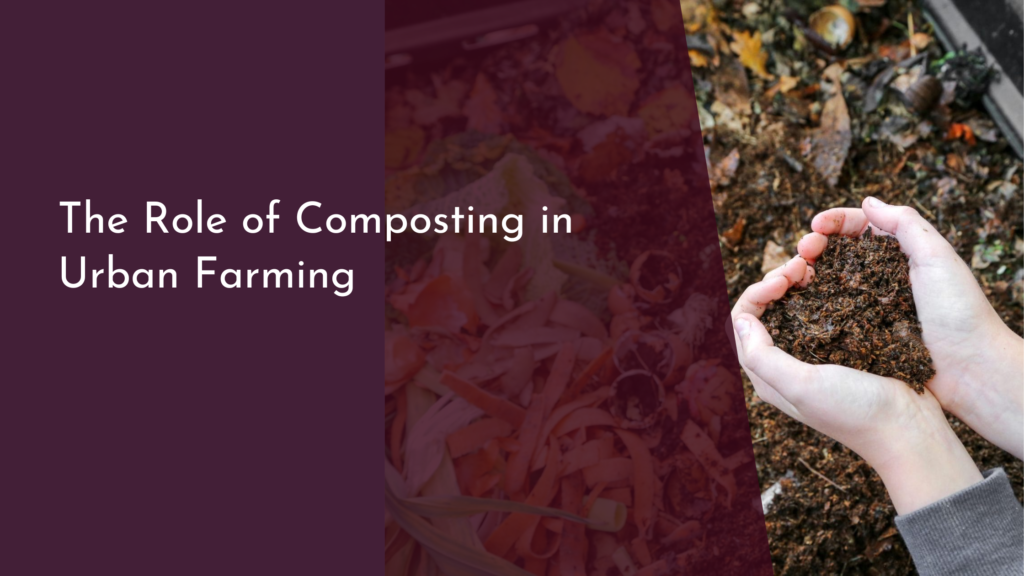Building a Greener Future: Circular Architecture & Zero-Waste Living
As the world grapples with the pressing challenges of climate change and resource depletion, innovative solutions are emerging to create a more sustainable future. Circular architecture and zero-waste living are pivotal concepts that not only help reduce environmental impact but also promote a more harmonious relationship between humans and the planet. This article will explore these transformative ideas, shedding light on their principles, materials, and community-driven initiatives that are leading the charge towards a greener tomorrow.
Embracing Circular Architecture: A Sustainable Revolution
Circular architecture represents a paradigm shift in how we design and construct buildings. Rather than following a linear model that emphasizes consumption and waste, circular architecture prioritizes sustainability by ensuring that every material used in construction can be reused, repurposed, or recycled. This revolutionary approach not only conserves resources but also minimizes waste during the building’s lifecycle. Architects and planners across the globe are increasingly embracing this model, recognizing that buildings should be designed to adapt and evolve over time.
Moreover, circular architecture emphasizes the importance of designing for disassembly—meaning that buildings can be taken apart at the end of their life without damaging the materials. This encourages a regenerative approach, where each structure contributes positively to the environment. By incorporating green roofs, natural ventilation, and energy-efficient systems, circular architecture is paving the way for a built environment that harmonizes with nature, reduces carbon footprints, and creates healthier living spaces.
The Principles of Zero-Waste Living: A Step-by-Step Guide
Zero-waste living is an intentional lifestyle choice that aims to minimize waste by rethinking how we consume and dispose of products. The principles of zero-waste can be summed up in the “5 R’s”: Refuse, Reduce, Reuse, Recycle, and Rot. The first step involves refusing unnecessary items and packaging, which helps to curb consumption. By reducing what we buy, we can lower the amount of waste generated in the first place. Adopting reusable items—such as shopping bags, water bottles, and food containers—further supports a zero-waste ethos.
In addition to these steps, recycling must be done thoughtfully and responsibly. Not all materials can be recycled, and contamination can render recyclable items unusable. Finally, composting organic waste is a crucial aspect of zero-waste living, as it transforms food scraps into nutrient-rich soil instead of sending them to a landfill. By following these principles, individuals can take significant strides towards reducing their environmental impact while enjoying a more mindful and fulfilling lifestyle.
Innovative Materials: Building Blocks for a Greener Tomorrow
The quest for sustainable architecture is also fueled by the development of innovative materials that minimize the environmental footprint of buildings. From recycled steel and reclaimed wood to bio-based materials like hempcrete and mycelium, the possibilities are virtually limitless. These materials not only reduce the need for new resources but also often boast superior durability and insulation properties, contributing to energy-efficient designs. Many architects are now prioritizing local sourcing to reduce transportation emissions, further bolstering the sustainability of their projects.
Another exciting advancement is the emergence of smart materials that can adapt to their environment. For instance, phase-changing materials can store or release heat as needed, optimizing energy consumption throughout the day. By incorporating these innovative solutions into building designs, we can create spaces that are not only environmentally friendly but also resilient and responsive to changing climate conditions. As the construction industry embraces these materials, the path towards a greener tomorrow becomes increasingly bright.
Community Initiatives: Joining Forces for a Cleaner Planet
Community initiatives play a vital role in fostering a culture of sustainability and encouraging collective action towards a greener future. Local organizations and grassroots movements are mobilizing to promote circular architecture and zero-waste practices, often organizing workshops, clean-up drives, and educational events. These initiatives serve as platforms for sharing knowledge, resources, and best practices, inspiring individuals to adopt more sustainable habits in their daily lives.
Additionally, community gardens and urban farms are gaining popularity as they promote local food production while reducing the carbon footprint associated with transporting food. These spaces not only provide fresh produce but also create opportunities for community bonding and environmental stewardship. By joining forces, communities can amplify their impact, proving that collective action is key to building a cleaner, more sustainable planet for generations to come.
The journey towards a greener future is filled with hope and innovation. By embracing circular architecture, adopting zero-waste principles, utilizing innovative materials, and participating in community initiatives, we can create a resilient and sustainable world. Each small action contributes to a larger movement, empowering individuals and communities to make a tangible difference. As we work together in this endeavor, we can look forward to a thriving planet that nurtures both people and the environment, ensuring a brighter tomorrow for all.


